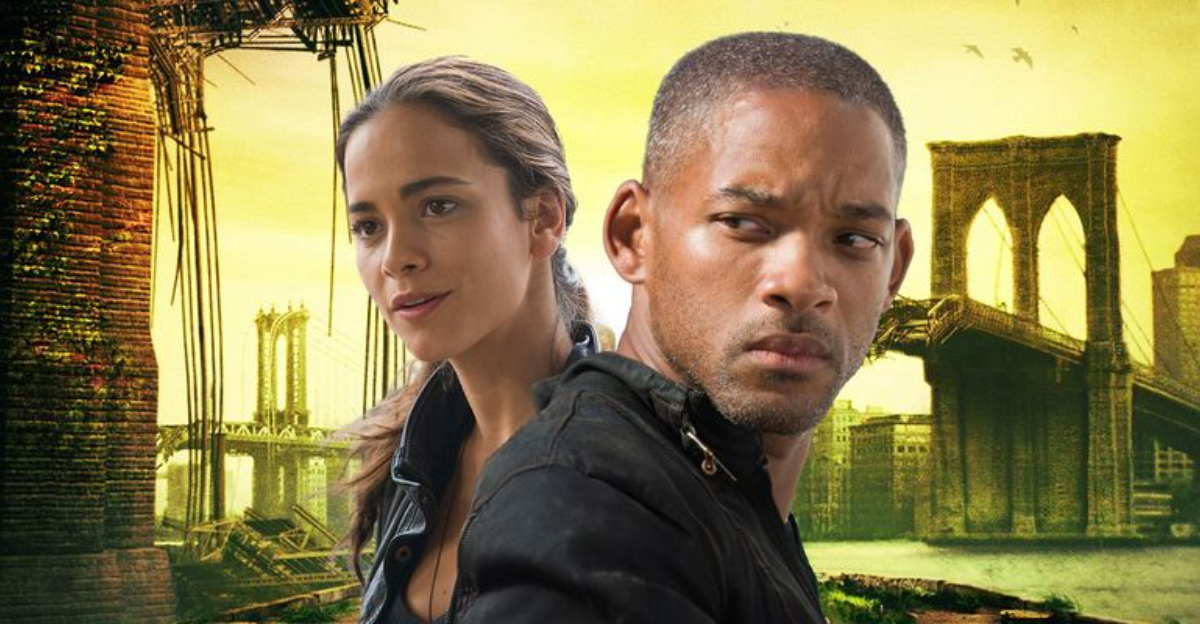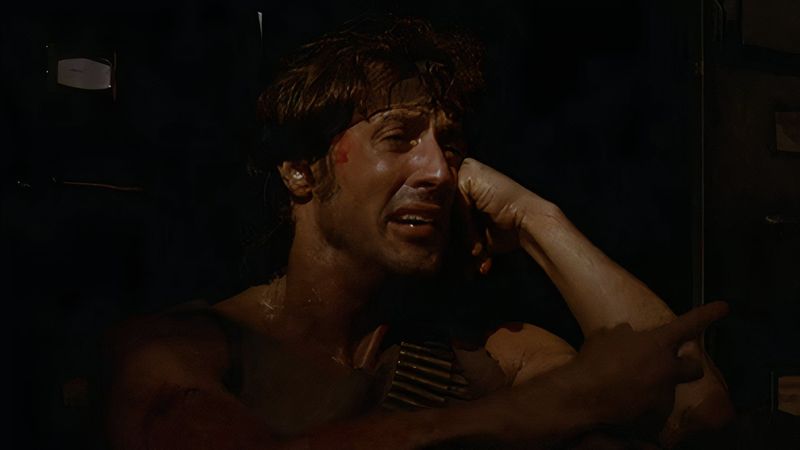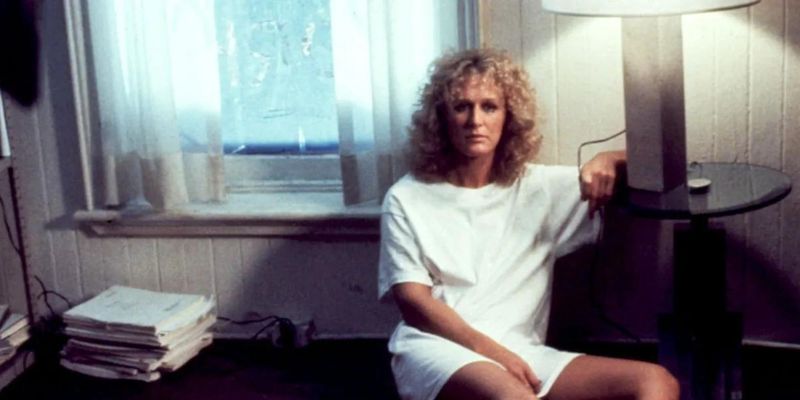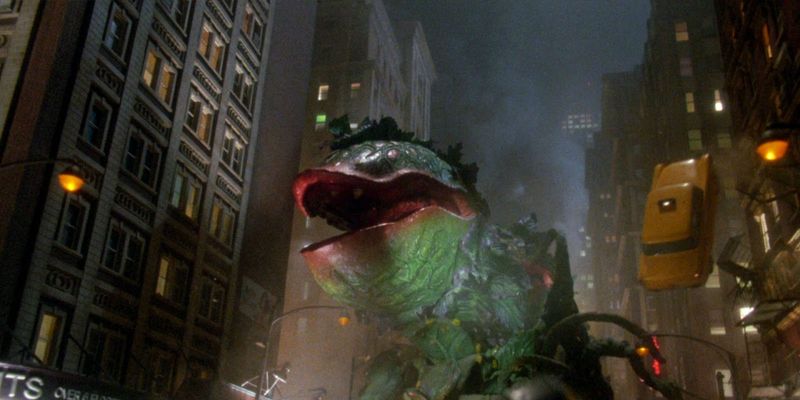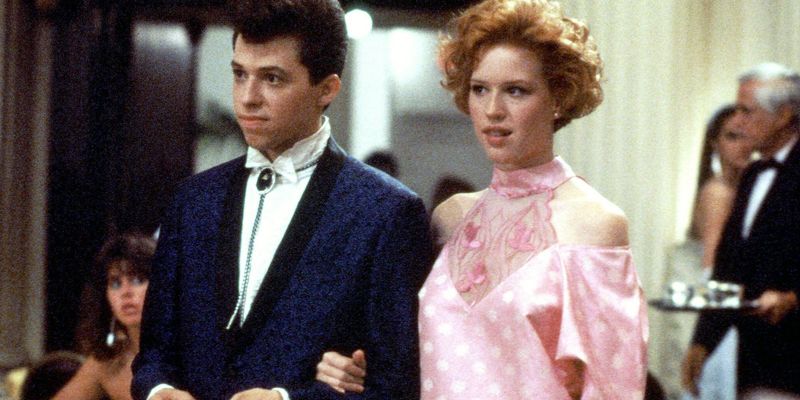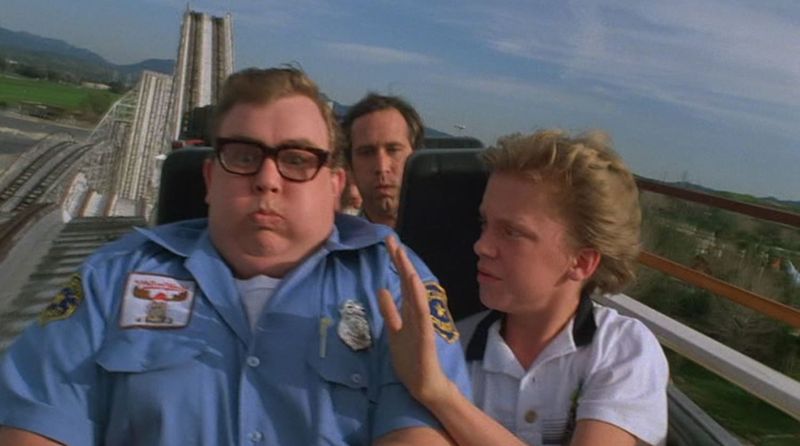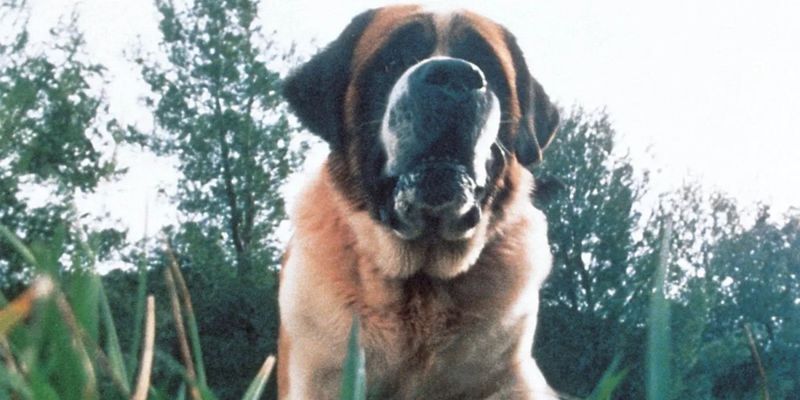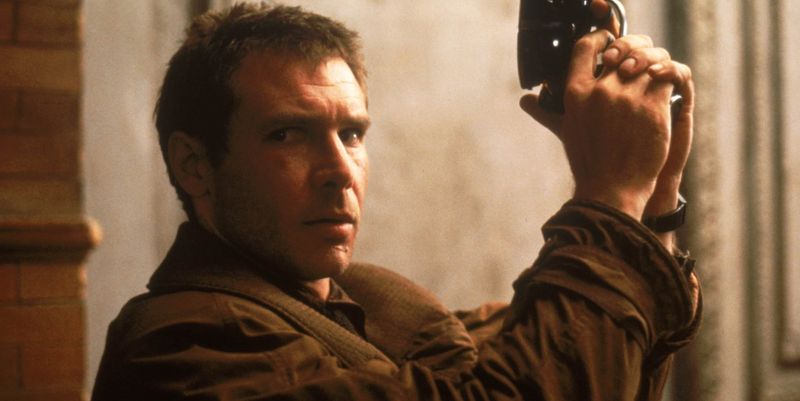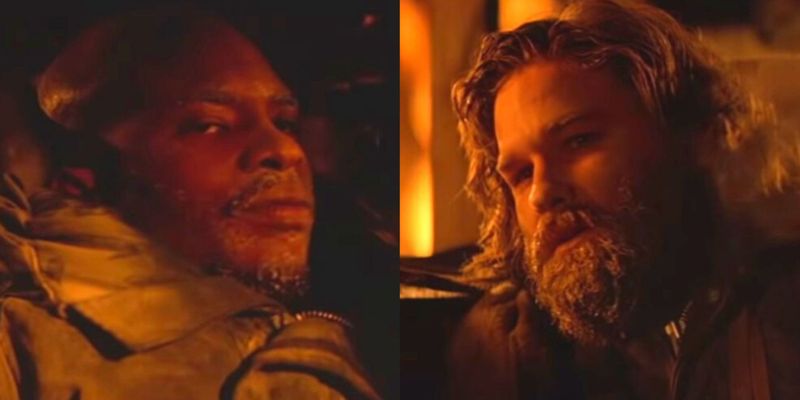Hollywood studios invest millions in creating the perfect movie, but sometimes the original vision doesn’t resonate with viewers. Before films hit theaters, test screenings help gauge audience reactions and often lead to significant changes. These nine films underwent dramatic ending transformations after test audiences rejected their original conclusions, proving that sometimes the audience knows best when it comes to crafting a satisfying finale.
1. First Blood’s Suicidal Ending Scrapped
Rambo wasn’t supposed to survive. In the original ending of this 1982 action film, John Rambo takes his own life, bringing his story to a tragic close. Test audiences were devastated watching the troubled Vietnam veteran die after connecting with his character’s trauma and struggle.
Director Ted Kotcheff ultimately reshot the finale, allowing Rambo to live and surrender to authorities instead. This audience-driven decision not only created a more hopeful conclusion but accidentally launched a multi-million dollar franchise spanning five films.
The original ending more closely matched David Morrell’s novel, but the revised version better served moviegoers who wanted their hero to find redemption rather than defeat.
2. Fatal Attraction’s Revenge Rewrite
Glenn Close fought against the change but lost. The psychological thriller initially concluded with her character Alex committing suicide while playing a recording that framed Dan (Michael Douglas) for murder. This complex, disturbing ending reflected Alex’s mental illness rather than portraying her as purely villainous.
Test audiences wanted vengeance, not nuance. The studio ordered reshoots for a more conventional horror-movie climax where Dan’s wife Beth dramatically shoots Alex during a bathroom confrontation.
Close believed the new ending betrayed her character’s psychological truth, but audiences preferred the cathartic showdown. The film became a massive hit with its altered ending, though Close’s original interpretation has been vindicated by mental health advocates years later.
3. Little Shop of Horrors’ Apocalyptic Alternate
Audiences weren’t ready to watch the plant win. Director Frank Oz’s original 23-minute ending for this musical dark comedy stayed faithful to the off-Broadway show, with Audrey II killing both protagonists and spawning plant monsters that take over the world. The spectacular sequence cost $5 million to produce—only to horrify test audiences.
Warner Bros. executives ordered a complete reshoot where Seymour defeats the alien plant and lives happily ever after with Audrey. This safer ending helped the film succeed commercially but disappointed fans of the stage version’s darkly comic vision.
The original apocalyptic finale remained lost for decades until being restored in a director’s cut, allowing viewers to finally experience Oz’s intended conclusion in all its plant-dominated glory.
4. Pretty in Pink’s Romantic Reversal
Teen audiences rejected the friend zone finale. John Hughes’ coming-of-age drama originally concluded with Andie (Molly Ringwald) choosing her quirky best friend Duckie (Jon Cryer) at the prom instead of rich heartthrob Blane (Andrew McCarthy). Test screenings revealed teenagers overwhelmingly wanted Andie to end up with Blane.
McCarthy had already shaved his head for another role, requiring him to wear an awkward wig for the reshoot. The new ending showed Andie and Blane reuniting outside the prom, sealing their relationship with a kiss as Duckie gives his blessing.
This change sparked debates about whether Hughes betrayed his own message about class differences and authenticity, but the revised romantic conclusion better satisfied audience expectations for 1980s teen romance.
5. National Lampoon’s Vacation’s Park Break-In
The Griswolds’ original revenge fell flat with viewers. After driving cross-country to visit Walley World theme park only to find it closed, the initial ending had Clark Griswold (Chevy Chase) tracking down the park’s owner at his home for a confrontation that test audiences found underwhelming and unfunny.
Director Harold Ramis quickly assembled the cast for reshoots. The new ending featured the desperate family breaking into the closed park at gunpoint and forcing a security guard (John Candy) to operate the rides for them.
This manic conclusion better captured the escalating absurdity of the Griswolds’ vacation disasters. The revised ending transformed a mediocre finale into an iconic comedy moment that perfectly embodied Clark’s determination to give his family the perfect vacation—no matter what laws he had to break.
6. Cujo’s Child Survival Switcheroo
Stephen King’s novel ends in tragedy, but Hollywood needed hope. In the book, young Tad dies after being trapped in a hot car with his mother while a rabid Saint Bernard attacks them. Test audiences couldn’t accept this devastating conclusion, especially after watching the child’s terrifying ordeal.
Actress Dee Wallace, who played Tad’s mother Donna, championed changing the ending. The revised finale shows Donna successfully reviving her unconscious son after defeating the dog, giving viewers the emotional relief they desperately wanted.
Even King himself later admitted the film’s ending worked better for the medium. This change represents a classic example of how book-to-film adaptations often soften the most brutal elements of their source material to meet audience expectations for cinematic catharsis.
7. Blade Runner’s Forced Optimism
Harrison Ford’s monotone narration wasn’t part of Ridley Scott’s vision. When test audiences found the original 1982 cut confusing and too bleak, studio executives demanded significant changes, including adding Ford’s explanatory voiceover and a tacked-on happy ending showing Deckard and Rachael escaping to a lush countryside.
The studio even recycled unused aerial footage from Stanley Kubrick’s The Shining to create this unplanned happy ending. Scott hated these alterations, believing they undermined the film’s ambiguous themes about humanity and identity.
Years later, Scott released his preferred cut without the voiceover or happy ending, restoring his original vision. Ironically, what test audiences rejected became the definitive version, now celebrated as one of science fiction’s greatest achievements.
8. The Thing’s Ambiguity Almost Lost
John Carpenter refused to compromise his bleak vision. His 1982 sci-fi horror masterpiece concludes with Kurt Russell and Keith David’s characters sitting in the Antarctic snow, facing certain death but unsure if either is secretly an alien. Test audiences found this ending frustratingly inconclusive.
Universal Pictures pushed for alternatives, including a clearer shot of Russell’s character surviving and being rescued. Another version explicitly showed he wasn’t infected. Carpenter stood firm, arguing that the film’s paranoid themes demanded ambiguity.
While the film initially bombed commercially, Carpenter’s artistic integrity preserved what would later be recognized as one of horror’s most perfect endings. The ambiguous conclusion has fueled decades of fan theories and discussions, proving sometimes the most unsatisfying endings ultimately become the most memorable.
9. I Am Legend’s Philosophical Shift
Will Smith’s character wasn’t supposed to be the hero. The original ending revealed a profound twist—the infected creatures were intelligent beings with their own society, and Dr. Robert Neville was their boogeyman, capturing and experimenting on them. This conclusion aligned with the novel’s theme that Neville had become a monster in the eyes of the new dominant species.
Test audiences rejected this philosophical ending. They preferred a straightforward action hero sacrifice instead of moral ambiguity.
The theatrical release replaced the thought-provoking finale with a simplified version where Neville sacrifices himself to save humanity with a cure. While commercially successful, many critics and book fans consider this change a betrayal of Richard Matheson’s original story and its powerful message about perspective.
